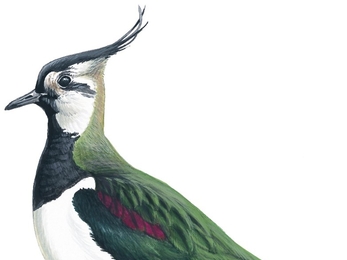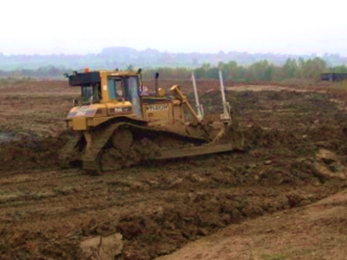Waders are an iconic and intriguing group of birds that are associated with wetland habitats. They come in a variety of shapes and sizes which allows them to utilise different habitats within a wetland complex. The Nene Valley, which includes Wildlife Trust reserves Summer Leys, The Nene Wetlands and Titchmarsh, is an extremely important haven for these birds at all times of year.
Many common sights and sounds of wetland habitats come from wading birds. The cry of a curlew, the call of a redshank or the tumbling flight of a lapwing are all steeped in folklore and are part of our natural heritage. Yet these sights and sounds are becoming much rarer within the wider landscape. Wildfowl and Wetland Trust, and British Trust for Ornithology data show startling declines in all these species across the UK. Lapwing have declined by 59% on the last 50 years, and redshank by 49% in just the last 30 years.
There is hope, however. Legislative protection and habitat management can help these species to thrive. We have seen evidence of this at Summer Leys, where breeding waders are continuing to thrive. A SSSI for its breeding bird assemblage of lowland open waters and their margins, management of the site focusses on providing the best possible habitat for these species. 2023 saw four different species of wader successfully fledge young. Pairs of birds attempting to raise young included 10 lapwing, two oystercatcher, four redshank and one little ringed plover. To put this into context, a look back through the archives to 2003 shows pairs of seven lapwing, one oystercatcher, one little ringed plover and six redshank. We would expect to see some fluctuation in pair numbers year to year but the fact that these numbers are comparable and fairly stable should be seen as positive, as Summer Leys is bucking the trend of national declines.
Management is key to providing the conditions required for these birds to breed. At Summer Leys, tree management on islands and adjacent to important breeding areas have removed perches used by avian predators to survey areas with vulnerable chicks and eggs whilst also removing cover for mammalian predators such as foxes. Open, tree free habitat is fundamental for ground nesting birds to feel safe enough to nest.
Works continued to improve conditions for these birds will be happening at Summer Leys and the Nene Wetlands last autumn and winter. The scrape, a key area for breeding waders which can be viewed from the Pioneer and Paul Britten hides at Summer Leys was re-profiled. Over time, the vegetation starts to be taken over by Crassula. Crassula is an invasive non-native species that carpets the ground. This makes probing the ground for invertebrates, which is the main way waders feed, very difficult. Removing the top layer of soil re-sets the area to bare earth which increases feeding opportunities. Previously, the years after this work has been undertaken have been the best for breeding wader productivity – so we’re hopeful that next year will be a bumper year for waders at Summer Leys.
At Nene Wetlands, lake edges around Dragonfly Lake and Islands on Otter Lake are also undergoing reprofiling works. Steep sided edges to the water may not seem much to us, but to a small wading bird they conceal potential dangers. Predators such as fox, American mink and even otters use this cover to stalk their prey. Re-profiling these steep edges to create a gentler gradient between the lake and the adjacent grasslands allows these birds a wide panoramic view which helps them feel safe. As their name suggests, waders enjoy getting their feet wet in shallow water. A gentle gradient at the lakes edge provides the perfect depths for increased feeding opportunities.
The Special Protection Area (SPA) of the Upper Nene Valley Gravel Pits covers both Nene Wetlands & Summer Leys and provides safe wintering grounds for over 20,000 water birds. Open panoramic views are also key for several key wintering species such as wigeon, lapwing and golden plover who are particularly vulnerable whilst roosting and feeding. It’s always satisfying when one piece of work can benefit different species across different seasons.



